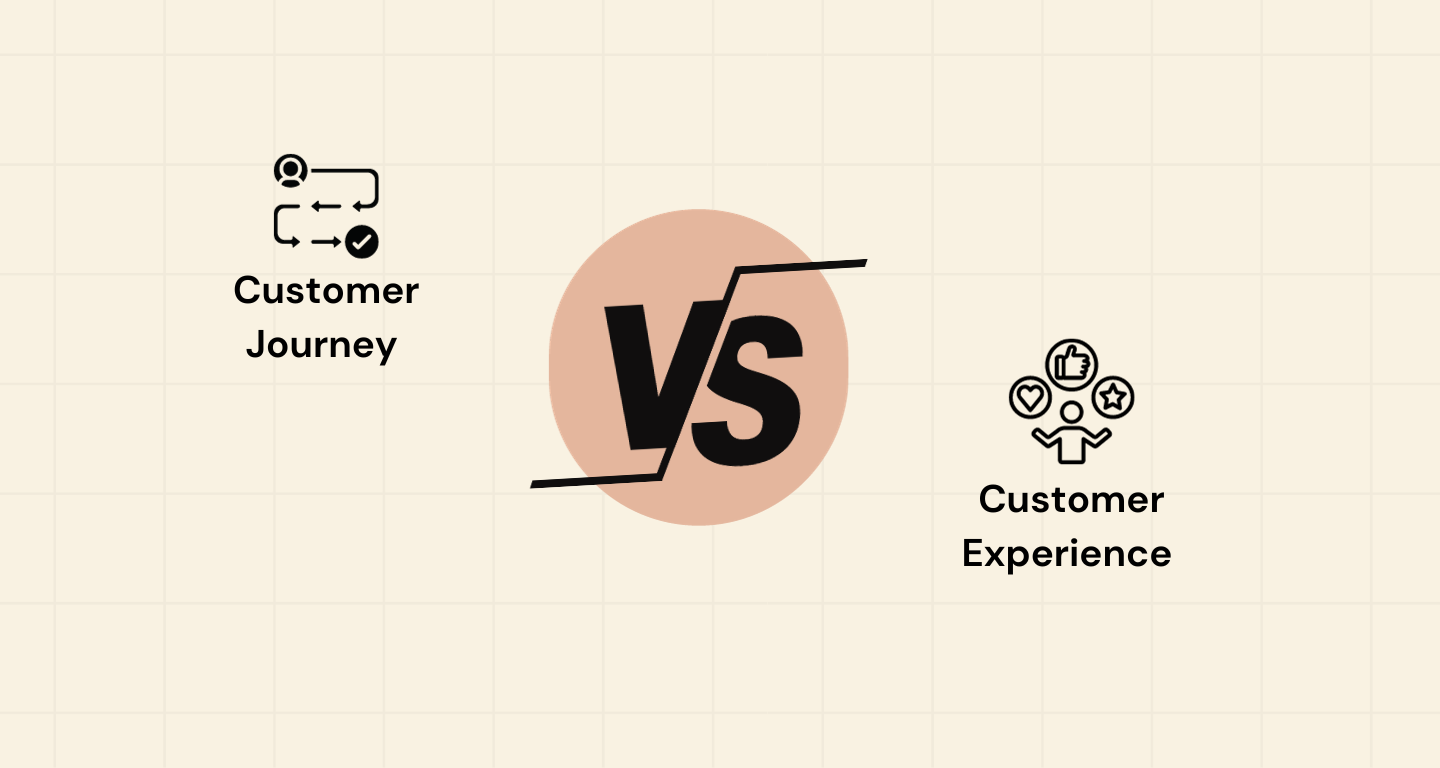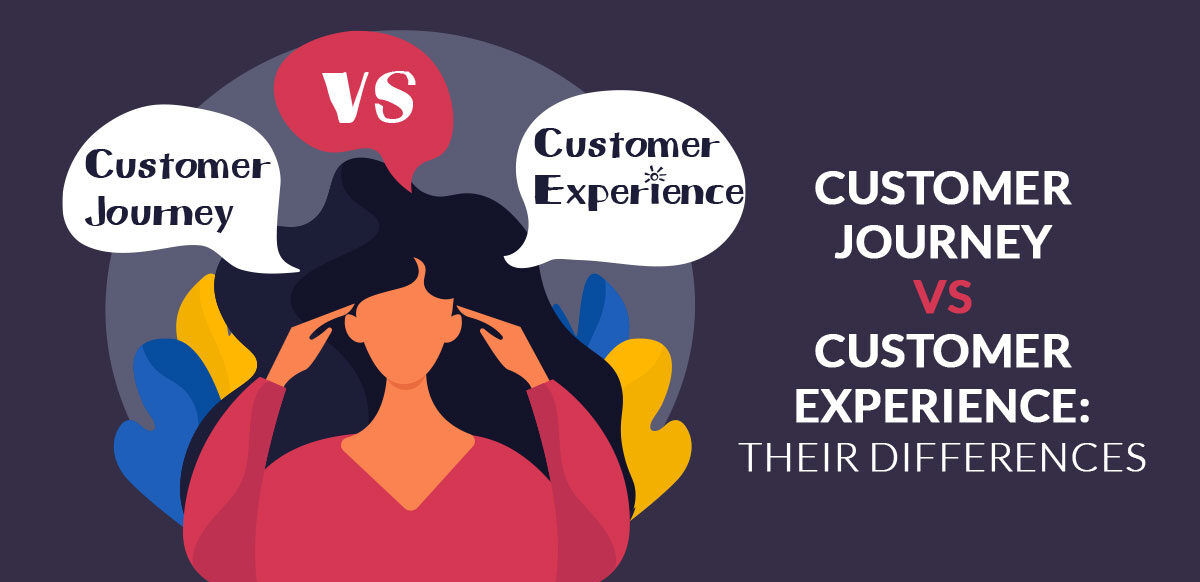In today’s competitive business landscape, understanding and optimizing the customer experience customer journey has become paramount for success. As businesses strive to differentiate themselves and foster lasting relationships with customers, the seamless integration of these elements has emerged as a cornerstone of effective marketing strategies.
Understanding Customer Experience Customer Journey

Customer experience encompasses every interaction a customer has with a brand, product, or service throughout their journey. It’s not merely about the end product or service delivery but also the feelings, perceptions, and emotions evoked at every touchpoint.
1. What Constitutes Customer Experience?
Customer experience comprises various elements, including product quality, customer service, ease of navigation, responsiveness, and post-purchase support. Each of these aspects contributes to shaping the overall perception of a brand in the eyes of the customer.
2. Factors Influencing CX
Several factors influence customer experience, ranging from product performance to the effectiveness of communication channels. Understanding these factors allows businesses to tailor their strategies to meet and exceed customer expectations.
The Customer Journey Mapping Process
Mapping the customer journey involves visualizing and understanding the steps a customer takes from initial awareness to post-purchase engagement. This process helps businesses identify pain points, opportunities for improvement, and areas where personalized interactions can make a significant impact.
1. Steps Involved in Mapping the Customer Journey
The customer journey mapping process typically includes stages such as awareness, consideration, decision-making, purchase, and post-purchase engagement. Each stage offers unique opportunities to engage with customers and deliver value.
2. Importance of Mapping the Customer Journey
By mapping the customer journey, businesses gain insights into the various touchpoints and interactions that influence customer decisions. This understanding enables them to tailor marketing efforts, optimize resources, and create memorable experiences at every stage of the journey.
Key Touchpoints in the Customer Journey
Identifying and optimizing key touchpoints along the customer journey is essential for delivering a cohesive and satisfying experience.
1. Identifying Touchpoints Along the Customer Journey
Touchpoints can include interactions through social media, website visits, email communication, customer service interactions, and post-purchase follow-ups. Each touchpoint presents an opportunity to engage with customers and leave a positive impression.
2. Significance of Touchpoints in Shaping Customer Experience
The cumulative impact of touchpoints shapes the overall customer experience and influences perceptions of a brand’s reliability, trustworthiness, and commitment to customer satisfaction.
Improving CX Through Personalization
Personalization plays a pivotal role in enhancing customer experience by delivering tailored solutions and recommendations based on individual preferences and behaviors.
1. Importance of Personalization in Enhancing Customer Experience
Personalized experiences resonate with customers on a deeper level, fostering a sense of connection and loyalty. By leveraging data analytics and customer insights, businesses can deliver relevant content, product recommendations, and promotional offers that align with each customer’s interests and preferences.
2. Strategies for Implementing Personalization Effectively
Effective personalization strategies involve collecting and analyzing customer data, segmenting audiences, and leveraging automation tools to deliver timely and relevant messages. By prioritizing personalization, businesses can create meaningful interactions that drive engagement and customer satisfaction.
Utilizing Feedback to Enhance CX
Gathering and acting upon customer feedback is instrumental in identifying areas for improvement and refining the customer experience.
1. Gathering and Analyzing Customer Feedback
Feedback can be obtained through surveys, social media listening, online reviews, and direct communication channels. Analyzing feedback provides valuable insights into customer perceptions, pain points, and preferences.
2. Implementing Changes Based on Feedback Received
By incorporating customer feedback into decision-making processes, businesses can address issues proactively, refine their products or services, and demonstrate a commitment to customer satisfaction.
The Role of Technology in Enhancing CX
Technology catalyzes enhancing the customer experience by enabling seamless interactions and personalized engagement.
1. How Technology Can Streamline the Customer Experience
Technological solutions such as chatbots, artificial intelligence, data analytics, and customer relationship management (CRM) systems streamline processes, improve response times, and enable proactive engagement throughout the customer journey.
2. Examples of Technological Solutions for Improving Customer Experience
Companies leverage technology to offer personalized recommendations, provide instant support through chatbots, and analyze customer data to anticipate needs and preferences. These innovations empower businesses to deliver exceptional experiences that drive customer satisfaction and loyalty.
Measuring and Evaluating Customer Experience
Measuring and evaluating customer experience metrics allows businesses to gauge performance, identify areas for improvement, and track progress over time.
1. Key Metrics for Assessing Customer Experience
Metrics such as Net Promoter Score (NPS), Customer Satisfaction Score (CSAT), and Customer Effort Score (CES) provide insights into overall satisfaction levels, loyalty, and ease of interaction.
2. Tools and Techniques for Evaluating Customer Experience
Businesses can utilize surveys, analytics platforms, and customer feedback tools to gather data and assess performance across various touchpoints. By monitoring key metrics and trends, organizations can make informed decisions to optimize the customer experience continually.
Challenges
Despite the importance of customer experience, businesses face several challenges in consistently delivering exceptional service and support.
1. Common Obstacles Faced by Businesses
Challenges such as limited resources, siloed data, evolving customer expectations, and organizational resistance to change can hinder efforts to enhance the customer experience.
2. Strategies for Overcoming These Challenges
Addressing challenges requires a proactive approach, collaborative leadership, investment in technology and training, and a commitment to customer-centric values. By fostering a culture of continuous improvement and innovation, businesses can overcome obstacles and drive meaningful results.
Case Studies: Successful Customer Experience Strategies
Examining real-world examples highlights the impact of effective customer experience strategies on business success.
1. Examples of Companies with Exceptional Customer Experience Initiatives
Companies like Amazon, Zappos, and Starbucks are renowned for their customer-centric approaches, personalized interactions, and commitment to exceeding customer expectations. By prioritizing customer experience, these organizations have built loyal customer bases and achieved sustainable growth.
Future Trends
As technology evolves and customer expectations continue to rise, the future of customer experience holds immense potential for innovation and transformation.
1. Emerging Trends Shaping the Future of Customer Experience
Trends such as hyper-personalization, omnichannel integration, augmented reality, and voice-enabled interactions are poised to redefine the customer experience landscape. Businesses that embrace these trends and adapt to evolving consumer preferences will thrive in the digital age.
2. Anticipated Changes in Customer Expectations
Customers increasingly expect seamless, personalized experiences across all touchpoints, from initial engagement to post-purchase support. Meeting these expectations requires agility, creativity, and a deep understanding of customer needs and preferences.
Conclusion
In conclusion, prioritizing the customer experience customer journey is pivotal for businesses aiming to thrive in today’s competitive landscape. By focusing on personalized interactions, leveraging technology, and actively listening to customer feedback, companies can create meaningful connections and foster long-term loyalty.
To experience firsthand how AIM Technologies can help enhance your customer experience strategy, we invite you to request a demo today. Discover innovative solutions designed to streamline processes, optimize engagement, and drive meaningful results for your business.
FAQs
Why is customer experience important for businesses?
- Customer experience directly impacts customer satisfaction, loyalty, and retention, ultimately driving revenue and profitability for businesses.
What role does personalization play in enhancing customer experience?
- Personalization allows businesses to deliver tailored solutions and recommendations based on individual preferences, fostering deeper connections and driving customer loyalty.
How can businesses gather customer feedback effectively?
- Businesses can gather feedback through surveys, social media listening, online reviews, and direct communication channels to gain insights into customer preferences and perceptions.
What are some common challenges in delivering exceptional customer experience?
- Common challenges include limited resources, siloed data, evolving customer expectations, and organizational resistance to change.
What are the key metrics for assessing customer experience?
- Key metrics include Net Promoter Score (NPS), Customer Satisfaction Score (CSAT), and Customer Effort Score (CES), which provide insights into overall satisfaction levels and loyalty.




